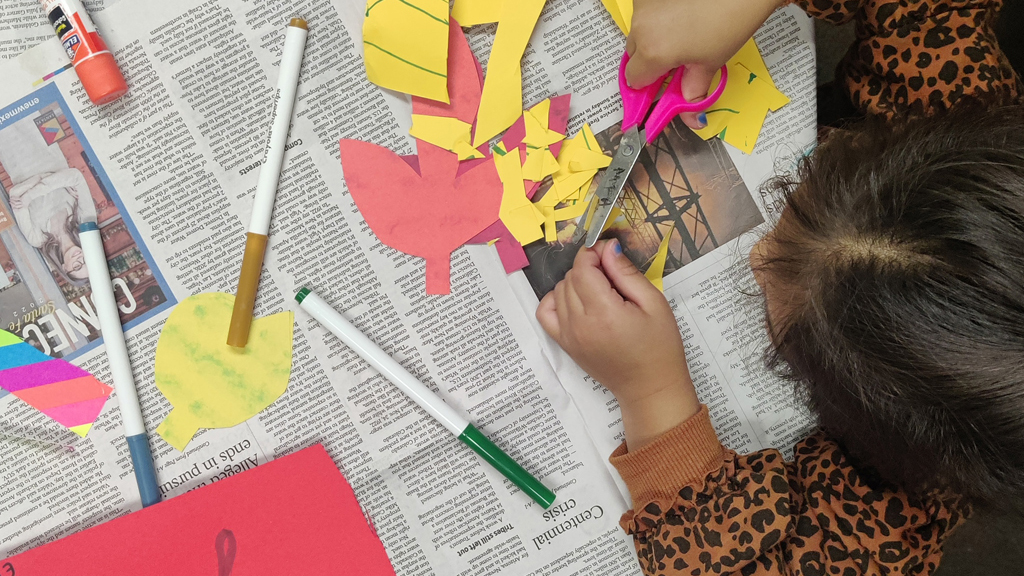
- This event has passed.
The Jewish-Converso Lineage of Don Juan de Onate A Santa Fe 400th Anniversary lecture
| date_range | November 12, 2009 |
| location_on |
113 Lincoln Avenue
Santa Fe, NM 87501 United States |
| schedule | 6:00 pm - 7:30 pm |
Join historian and genealogist José Esquibel for a free public lecture in honor of Santa Fe's 400th anniversary at 6 pm, Thursday, Nov. 12, in the New Mexico History Museum Auditorium, 113 Lincoln Ave. Esquibel will speak on “The Jewish-Converso Lineage of Don Juan de Oñate.”
The lecture is part of a series, with subsequent lectures on Jan. 14, 2010, and May 13, 2010. Funding for the series is made possible by the Santa Fe 400th Committee.
NEW INFO: Seating is limited to the first 210 people. The doors to the museum's main entrance at 113 Lincoln Ave. will open at 5:30 pm.
The lecture series also supports Santa Fe Found: Fragments of Time, an exhibition at the Palace of the Governors that explores the lives of the colonists and Native peoples who lived in and around Santa Fe 400 years ago.
The full lecture-series schedule:
Thursday, Nov. 12, 6 pm: José Esquibel, historian and genealogist, “The Jewish-Converso Lineage of Don Juan de Oñate”
Saturday, Nov. 21, 2 pm: Steve Post, assistant director, New Mexico Office of Archaeological Studies, “The Founding of Santa Fe from the Ground Down.” Free with museum admission
Thursday, Jan. 14, 6 pm: Cordelia Snow, archaeologist, New Mexico Historic Preservation Division, “Luxury Goods Transported over the Camino Real.” Free.
Saturday, Feb. 20, 2 pm: Frances Levine, director of the New Mexico History Museum/Palace of the Governors,”In Her Own Voice: Doña Teresa Aguilera y Roche and Intrigue in the Palace of the Governors.” Free with museum admission
Saturday, March 13, 2 pm: Thomas E. Chávez, retired executive director, National Hispanic Culture Center, and former director, Palace of the Governors, “Juan Martínez de Montoya and the Establishment of Santa Fe.” Free with museum admission
Saturday, April 17, 2 pm: Robin Farwell Gavin, senior curator, Museum of Spanish Colonial Art, he Journey of Mayólica.” Free with museum admission.
Thursday, May 13, 6 pm: Joseph Sánchez, director, University of New Mexico Spanish Colonial Research Center, and director, Petroglyph National Monument, “Peralta and the Founding of Santa Fe”
Prior to the construction of the New Mexico History Museum, which opened in May 2009, Post and his fellow archaeologists conducted a two-year dig to investigate the archaeology of the site at 113 Lincoln Ave., just off the Santa Fe Plaza. More than 90,000 artifacts were unearthed from the 17th-century, revealing tales of life as it once was.
“Surprising to some and not to others, the New Mexico History Museum was complex and rich in the information it yielded on 300 years of people living and working behind the Palace of the Governors,” Post said. “Combined with Dedie Snow’s 1974-1975 excavations within the Palace, our work gives a unique inside-outside look at a central place in New Mexico history."
Other featured archaeological sites add to the story. The Baca-Garvisu site was the home of a prominent Santa Fe family in the 1700s, located where the Santa Fe Community Convention Center now stands. The Sanchez Site, an early Spanish estancia, or rural settlement, was partly excavated in the 1980s and is now managed by El Rancho de los Golondrinas. Also prominent in the exhibition is San Gabriel del Yungue at the Pueblo of Ohkay Owingeh, where the first Spanish colonists briefly set their roots.
Spain's far northern colony of Santa Fe was reached by a six-month journey up El Camino Real, a barely mapped and uncertain route that held only hazy promises of water and shelter. Holding together a caravan of 700 people – soldiers, friars, men and a few women and children – and the tools and livestock it would take to build a new colony tested the explorers’ abilities and, sometimes, their humanity.
Some of the artifacts show that, despite the frontier conditions, fine goods had managed to travel up El Camino Real to homes and missions in the colony. A sampling of the pottery that was found on the digs includes Spanish majolica, blue-and-white Mexican pottery modeled on examples from the Ming Dynasty in China, colorful Mexican pottery and Pueblo pottery. Also found were tobacco pipes, gold earrings, gunflints and arrowheads.
A few shards of the pottery found by archaeologists speak to a monumental expedition. Centuries past, they were parts of delicate Ming vases loaded onto a Spanish galleon at a Chinese port for an ocean journey then a bumpy trip up El Camino Real to the young colony.
“Considering the Chinese pottery traveled across the ocean and then 1,600 miles up the Camino Real, it’s not surprising – and it’s even amazing – that we found only one or two pieces of these vessels,” Post said.
From these roots grew La Villa Real de Santa Fe, the Royal City of Santa Fe, now 400 years old. What do the historical accounts say of the homes they built and the crops they grew? What has the soil yielded of their lives, the fragile beginnings of a young Spanish colony?
Funding for the Santa Fe Found exhibition and lecture series was made possible by the Palace Guard, a support group of the Museum of New Mexico Foundation; the Gala Opening Committee; Friends of Archaeology, a support group of the Museum of New Mexico Foundation; the Santa Fe 400th; and the Museum of New Mexico Foundation.
DETAILS
November 12, 2009
Time:
6:00 pm - 7:30 pm
Cost:
No cost
Location:
113 Lincoln Avenue , Santa Fe, NM 87501 United States
CONTACT
Organizer:
Marlon Magdalena

